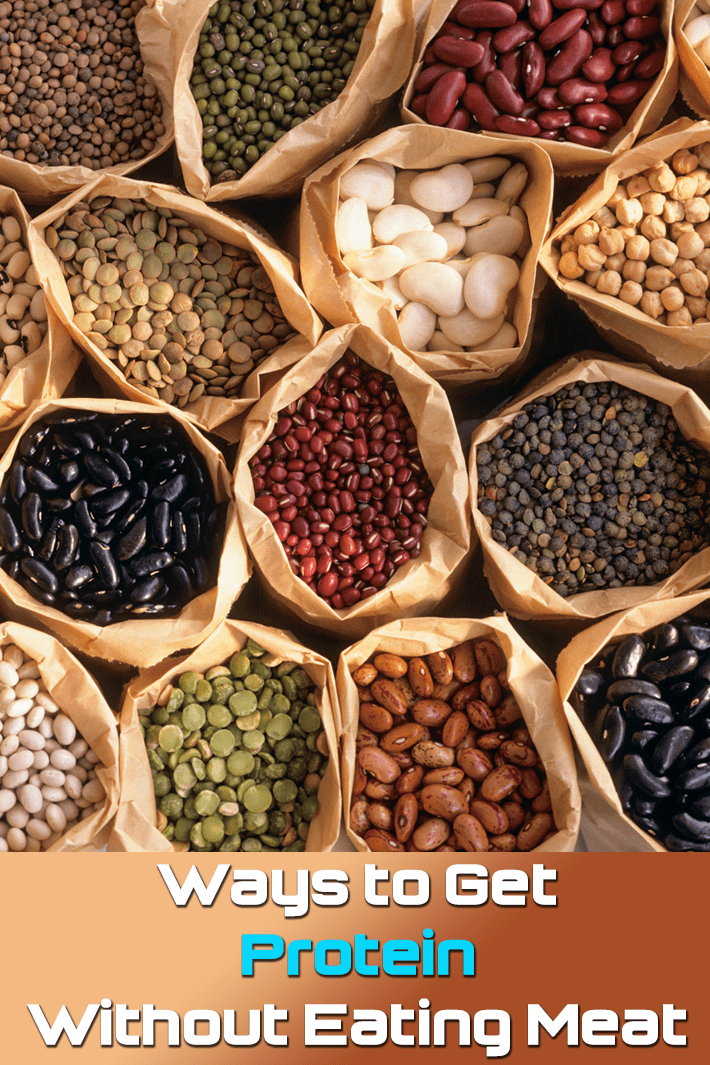
8 Ways to Get Protein Without Eating Meat
Man has historically been carnivorous. But today, due to delicate stomachs, environmental concerns and an ever-expanding empathy for our four-legged friends, vegetarianism and veganism are becoming increasingly popular. Yet many critics claim a diet without meat is less nutritionally-sound than one that includes it, primarily due to a dearth of protein.
Protein is essential to existence. Hair, skin and muscle are primarily derived from protein. In fact, a protein deficiency can lead to fatigue, muscle weakness, hair loss and a variety of other maladies. (To find your optimal daily dose of protein, nutritionists suggest multiplying your body weight in pounds by .4.)
So how can we achieve optimal health while remaining true to our respective personal preferences and scruples? Inquiring vegetarians and vegans want to know!
Below are 8 methods of meeting your daily allowance of protein without eating meat.
Nuts
The easiest (and possibly tastiest) answer is nuts. All varieties of nuts: almonds, peanuts, cashews, pecans, hazelnuts – you name it. And for those of you who like it smooth, peanut butter is an excellent source of protein with 4 grams per tablespoon. Watch the salt though: the USDA recommends choosing unsalted nuts to keep the sodium intake low.
Seeds
Remember those amazing roasted pumpkin seeds from childhood Halloween parties? Who knew they were good for you? Well, turns out they are. Along with their squash, sunflower, sesame and watermelon seed brethren. More popular in the Middle East than the U.S., many of these seeds provide upwards of 33 grams of protein per 100 gram serving.
Dairy
If you’re a vegan, you can skip this section… but if you’re not, oh boy: CHEESE. Cottage cheese, cheddar, Swiss, Munster, Colby. Low sodium parmesan ranks the protein heavyweight according to Healthaliciousness with 42 grams per 100 gram serving. Other dairy products like eggs, milk and ice cream also provide a substantial amount of protein, with the added benefit of high calcium content.
Cereal
Cereals like Kashi Go Lean can also be good sources of protein. For some of the most popular, check out LiveStrong’s Protein Cereals List.
Beans
More than being the subject of an annoying childhood taunt, beans are pretty amazing. One of their remarkable qualities is a wealth of protein, especially strong in black and garbanzo beans. Vegans and vegetarians can also look to bean burgers for a less conventional twist.
Soy
Soy: nutrition’s favorite utility player. Between tofu, soy milk, veggie burgers and tempeh, is there anything it can’t do? Tofu packs a hefty 20 grams of protein per half cup, whereas soy beans boast 14 grams for the same amount.
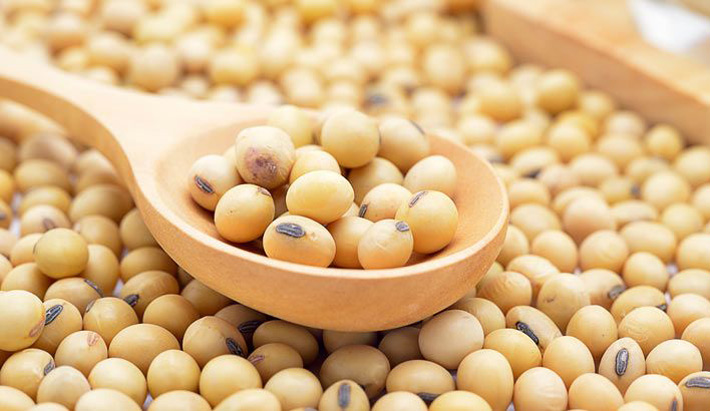
Supplements & Bars
A smoothie or energy bar is perfect for protein replenishment on-the-go. Watch the sugar and fat, however, or your health “benefit” may turn into a net negative.
Spinach
And last but not least, the greens our parents begged us to eat: spinach. In addition to being delicious (well, now that I’m a grown-up), spinach provides protein as well as fiber and Vitamin A. Toss in some cheese and double up on the nutrition!
Spinach – The World’s Healthiest Foods – Read here
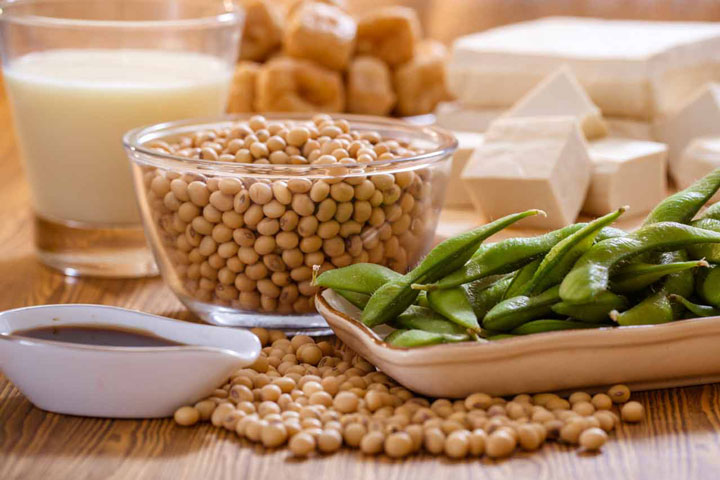


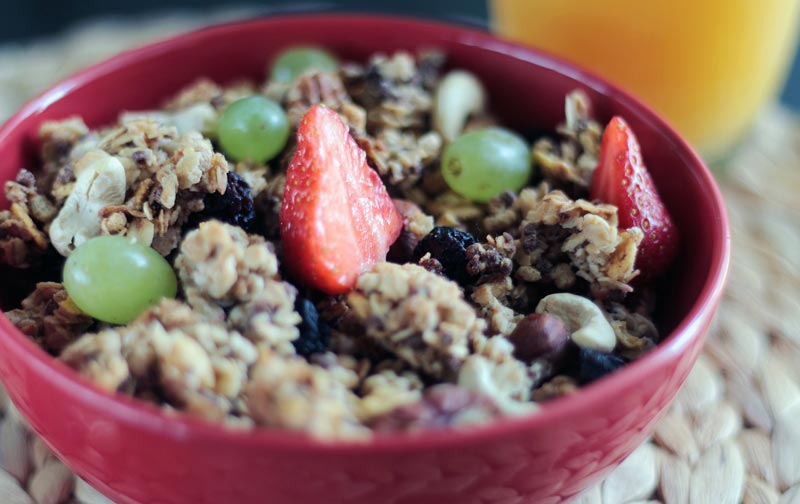
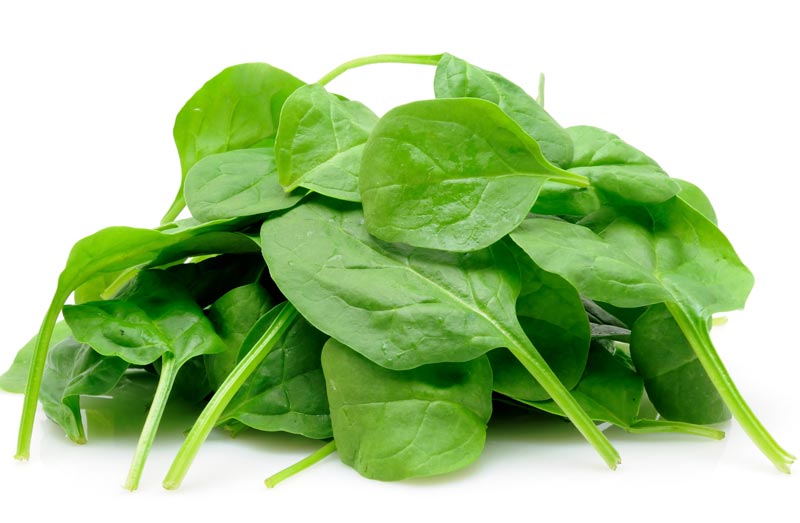

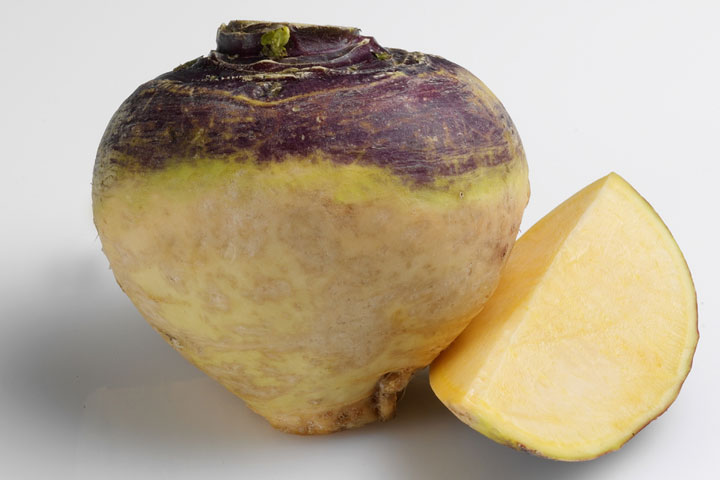
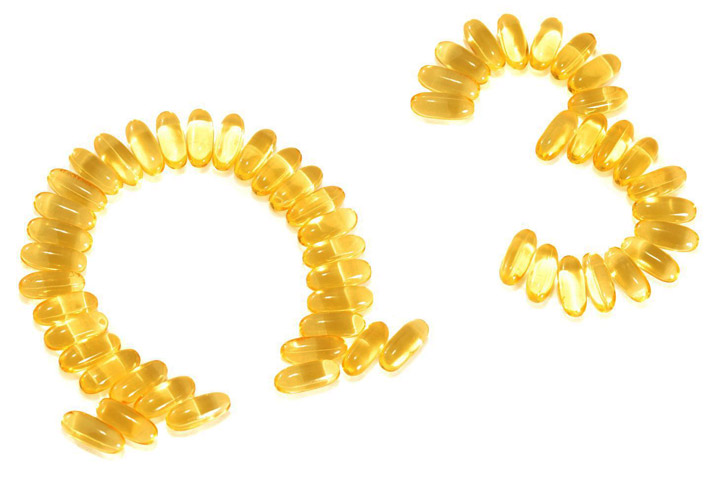
Leave a Reply